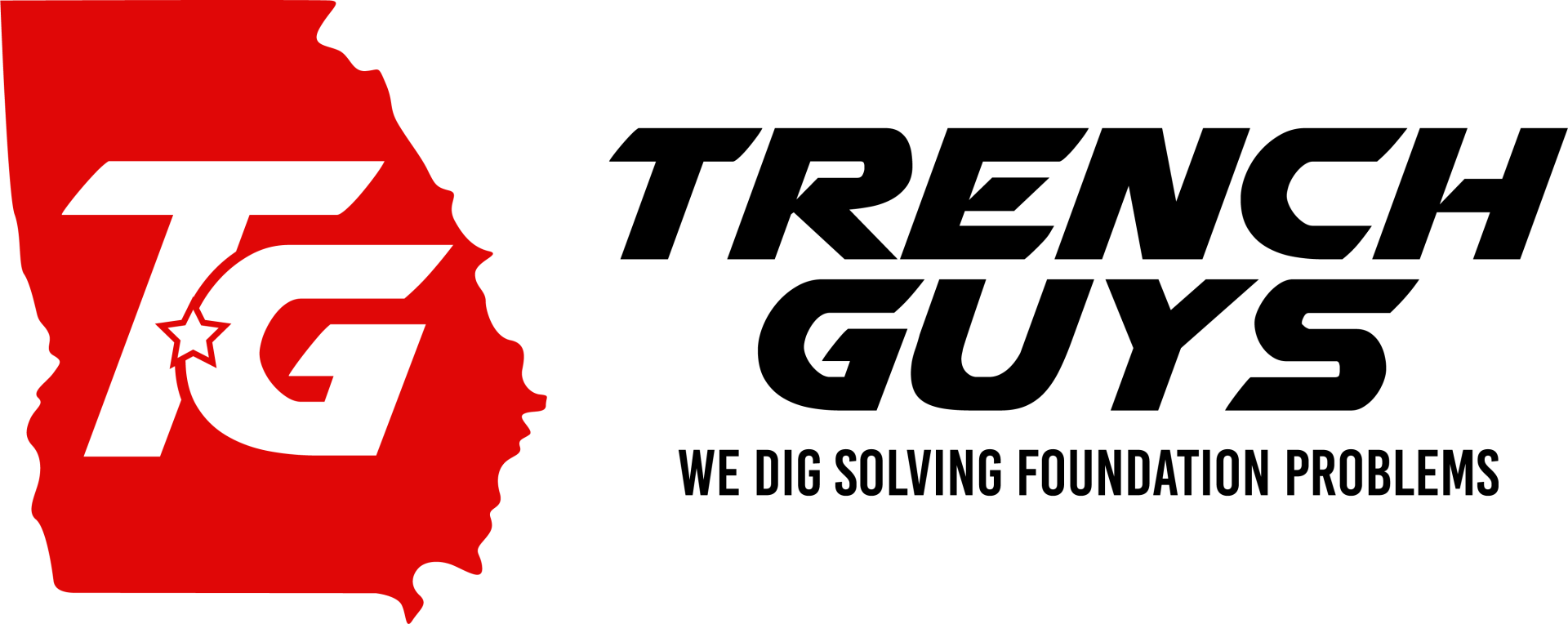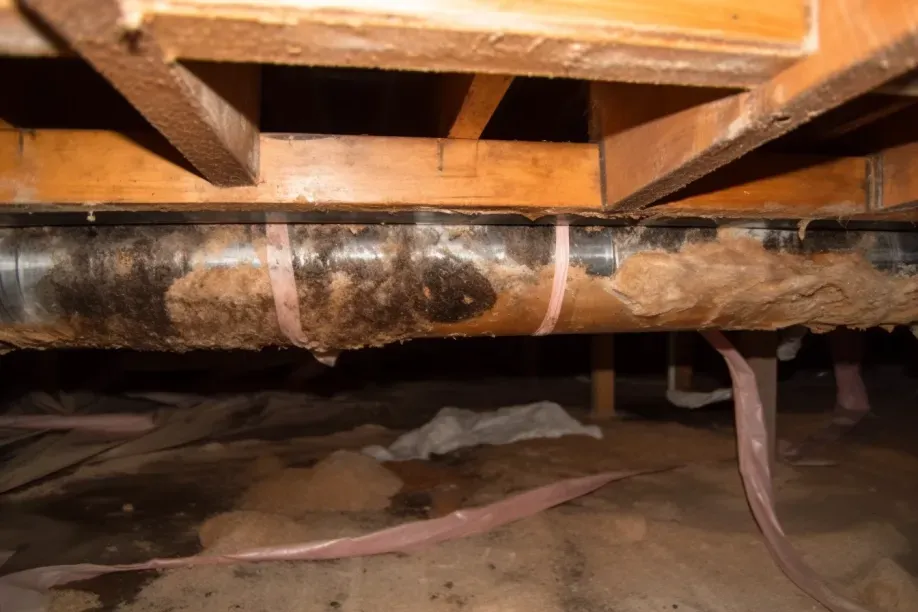As the chill of winter sets in, it brings with it a unique set of challenges that can significantly impact the hidden yet vital areas of your home: the crawl spaces. These areas, often out of sight, can be out of mind until problems arise. In this essential guide, we will explore the specific difficulties that the winter season presents to crawl spaces and underscore the importance of proactive measures to safeguard your home's foundation and overall structure.
Winter's cold grip can lead to issues such as frozen pipes, cold air drafts leading to higher energy costs, and even structural concerns due to the contraction of materials in low temperatures. These problems, if left unaddressed, can escalate, leading to long-term damage that is both costly and complex to repair. Understanding these winter-specific challenges is the first step in protecting your home from the potential ravages of the season.
In this blog, we will delve into the heart of winter's impact on crawl spaces, providing you with the knowledge to identify early warning signs and the strategies to address them effectively. From insulation tips to prevent frozen pipes to sealing techniques to keep the cold at bay, we will equip you with the tools to ensure your crawl space remains dry, insulated, and structurally sound.
Join us as we navigate the unique challenges winter presents to crawl spaces, emphasizing the critical importance of timely intervention. Let's take proactive steps together to prevent long-term damage and ensure your home stands resilient against the cold embrace of winter.
Common Winter Crawl Space Problems
The winter season, with its cold temperatures and harsh conditions, can pose significant challenges to the crawl spaces in your home. Understanding and addressing these issues promptly is crucial to prevent long-term damage. This section of our blog will focus on common winter crawl space problems, specifically moisture and condensation issues, as well as the risks associated with pipe freezing and bursting.
Moisture and Condensation Issues
Identifying Signs Like Frost Buildup and Water Droplets on Surfaces
During winter, the crawl space can become a hotspot for moisture and condensation issues. The temperature difference between the cold outside air and the warmer crawl space can lead to condensation, frost buildup, and even ice formation on pipes, walls, and insulation. These signs are not just indicators of excessive moisture but can also lead to more severe problems like mold growth, wood rot, and structural damage if left unaddressed. In this segment, we will guide you through identifying these signs of moisture and condensation and discuss measures to mitigate these issues, such as improving insulation, ensuring proper ventilation, and using vapor barriers to control moisture levels in your crawl space.
Pipe Freezing and Bursting
Recognizing the Risk Factors and Early Signs of Frozen Pipes
One of the most critical concerns in crawl spaces during winter is the risk of pipes freezing and potentially bursting. This can lead to significant water damage and costly repairs. Factors that increase the risk include inadequate insulation, low temperatures, and poor circulation of warm air around pipes. Early signs of frozen pipes include reduced water flow, frost on the exterior of pipes, and unusual clanking noises when the water is turned on. This part of the blog will focus on how to recognize these risk factors and early signs, and provide preventive measures to protect your pipes from freezing. We will discuss the importance of proper insulation, using heat tape or thermostatically controlled heat cables, and keeping the temperature in your crawl space stable to prevent freezing.
Insulation and Ventilation Challenges
Proper insulation and ventilation in crawl spaces are crucial for maintaining a healthy and energy-efficient home environment. However, these areas can often face challenges, especially during the colder months, leading to a range of problems. This section of our blog will focus on the issues related to inadequate insulation and ventilation problems, providing insights into identifying these issues and offering solutions.
Inadequate Insulation
Discussing How Poor Insulation Can Lead to Problems and How to Identify It
Inadequate insulation in crawl spaces can lead to significant issues, including increased energy bills, uncomfortable living conditions, and even the risk of frozen pipes in winter. Poor insulation can manifest as cold floors, noticeable drafts, and uneven heating throughout the home. In this segment, we will discuss the importance of proper insulation in maintaining a stable temperature in your crawl space and preventing moisture-related problems. We will guide you through identifying signs of inadequate insulation, such as visual gaps in insulation material, and provide advice on selecting the right type of insulation, ensuring proper installation, and considering factors like R-value and moisture resistance to enhance the effectiveness of your crawl space insulation.
Ventilation Issues
The Role of Ventilation in Winter and Common Ventilation Problems
While proper ventilation is essential for preventing moisture buildup and ensuring air quality, it can become a challenge during winter. Over-ventilating can lead to cold air entering the crawl space, increasing heating costs and risking pipe freezing. Conversely, under-ventilating can lead to stagnant air and moisture problems. This part of the blog will explore the role of ventilation in maintaining a healthy crawl space environment during winter. We will discuss common ventilation problems, such as blocked vents, improper vent placement, or inadequate vent size. We will also provide tips on achieving a balance in ventilation to protect your crawl space from moisture while preventing excessive heat loss, including the use of vent covers, vapor barriers, and considering controlled ventilation systems.
Structural Concerns in Cold Weather
Cold weather can significantly impact the structural integrity of your home, particularly in the crawl space where foundational elements are exposed to low temperatures and potential moisture issues. This section of our blog will focus on structural concerns during cold weather, specifically addressing foundation cracks and movement, as well as the increased risk of pest infestations in crawl spaces.
Foundation Cracks and Movement
Identifying and Addressing Foundation Issues Exacerbated by Cold Weather
The foundation of your home is susceptible to damage during cold weather, especially if there are pre-existing cracks or structural weaknesses. Cold temperatures can cause the soil to contract, leading to foundation movement, while water in cracks can freeze and expand, worsening existing cracks. Signs of foundation issues include visible cracks in walls or floors, doors or windows that stick or won't close properly, and uneven floors. In this segment, we will discuss how to identify signs of foundation cracks and movement and the importance of addressing these issues promptly. We will provide guidance on monitoring your foundation's condition, the potential need for professional assessment, and methods for repairing and reinforcing your foundation to withstand the challenges of cold weather.
Pest Infestation Risks
Understanding Increased Pest Activity in Crawl Spaces During Winter
Crawl spaces can become a refuge for pests seeking shelter from the cold, leading to increased pest activity and potential infestations during winter. Pests such as rodents, insects, and other critters can cause damage to insulation, wiring, and structural components, and some may pose health risks. Signs of pest infestations include droppings, gnawed materials, and sounds of movement or scratching. This part of the blog will focus on understanding the risks of pest infestations in crawl spaces during winter. We will discuss preventive measures such as sealing entry points, maintaining cleanliness, controlling moisture, and when necessary, consulting pest control professionals to effectively address and prevent infestations.
Addressing Moisture and Condensation
Moisture and condensation in crawl spaces can lead to a host of problems, including structural damage, mold growth, and poor indoor air quality. Addressing these issues effectively is crucial for maintaining the health and integrity of your home. This section of our blog will focus on effective moisture control strategies and steps to take if water damage occurs.
Effective Moisture Control Strategies
Solutions like Dehumidifiers, Vapor Barriers, and Improved Drainage
Controlling moisture in your crawl space is essential for preventing the problems it can cause. Effective strategies include using dehumidifiers to reduce humidity levels, installing vapor barriers to prevent moisture from the ground from entering the space, and improving drainage around your home's foundation to prevent water accumulation. In this segment, we will discuss these solutions in detail, explaining how they work and when they are most effective. We will also provide tips on regular maintenance and monitoring to ensure these moisture control measures continue to protect your crawl space effectively.
Repairing Water Damage
Steps to Take if Water Damage Occurs, Including Mold Remediation
Despite preventive measures, water damage can still occur in crawl spaces due to leaks, flooding, or other unforeseen issues. Prompt action is necessary to mitigate the damage and prevent further problems. This part of the blog will guide you through the steps to take if water damage occurs in your crawl space. We will discuss how to safely remove water, dry out the area, and assess and repair any damage to insulation, vapor barriers, or structural elements. We will also address the importance of mold remediation, explaining how to identify mold growth, the health risks it poses, and when to call in professionals for safe and effective removal.
Insulation and Ventilation Solutions
Maintaining a balanced and effective insulation and ventilation system in your crawl space is crucial for the overall health, energy efficiency, and comfort of your home. This section of our blog will focus on solutions for upgrading insulation and optimizing ventilation, ensuring that your crawl space is well-protected against external elements and internal moisture.
Upgrading Insulation
Options for Improving Insulation in the Crawl Space
Proper insulation in the crawl space is key to maintaining a stable temperature within your home, reducing energy costs, and preventing moisture-related issues. Upgrading insulation involves assessing the current state of your insulation and determining the best materials and methods for improvement. In this segment, we will explore various insulation options, including fiberglass batts, rigid foam boards, and spray foam insulation. We will discuss the advantages and considerations of each type, such as thermal resistance (R-value), moisture resistance, and ease of installation. We will also provide guidance on how to properly install or upgrade insulation to maximize its effectiveness and ensure a well-insulated crawl space.
Optimizing Ventilation
Techniques for Ensuring Adequate Ventilation While Minimizing Cold Air Intrusion
While proper ventilation is essential for preventing moisture buildup and ensuring air quality in the crawl space, it's important to balance this with the need to minimize cold air intrusion, especially during colder months. Optimizing ventilation involves assessing the current ventilation system, ensuring vents are clear and properly placed, and considering the use of vent covers or controlled ventilation systems. In this part of the blog, we will discuss techniques for achieving this balance, including the use of vapor barriers to control moisture, the strategic placement of vents to promote effective air circulation, and the potential use of mechanical ventilation systems, such as exhaust fans or dehumidifiers, to maintain optimal conditions in the crawl space.
FAQs
-
How to Spot Insulation Issues?
Look for cold floors, high energy bills, or visible gaps in insulation. Proper insulation should be intact, without gaps, and cover the crawl space adequately.
-
Signs of Poor Ventilation?
Signs include musty odors, visible mold, or condensation on windows and pipes. Proper ventilation should prevent moisture buildup and maintain air quality.
-
Preventing Frozen Pipes?
Insulate pipes, maintain a stable temperature in the crawl space, and consider using heat tape on vulnerable pipes to prevent freezing.
-
Dealing with Condensation?
Increase ventilation, use a dehumidifier, and ensure proper insulation. Addressing condensation promptly prevents mold growth and structural damage.
-
When to Call Professionals?
Call professionals for significant insulation issues, persistent moisture problems, signs of structural damage, or if you're unsure about the extent of a problem.
Contact Trench Guys Today!
Trench Guys will do everything we can to ensure your experience with us is excellent.
Request A FREE Estimate
Request a Free Estimate Form
We will get back to you as soon as possible.
Please try again later.
Checkout Recent Post
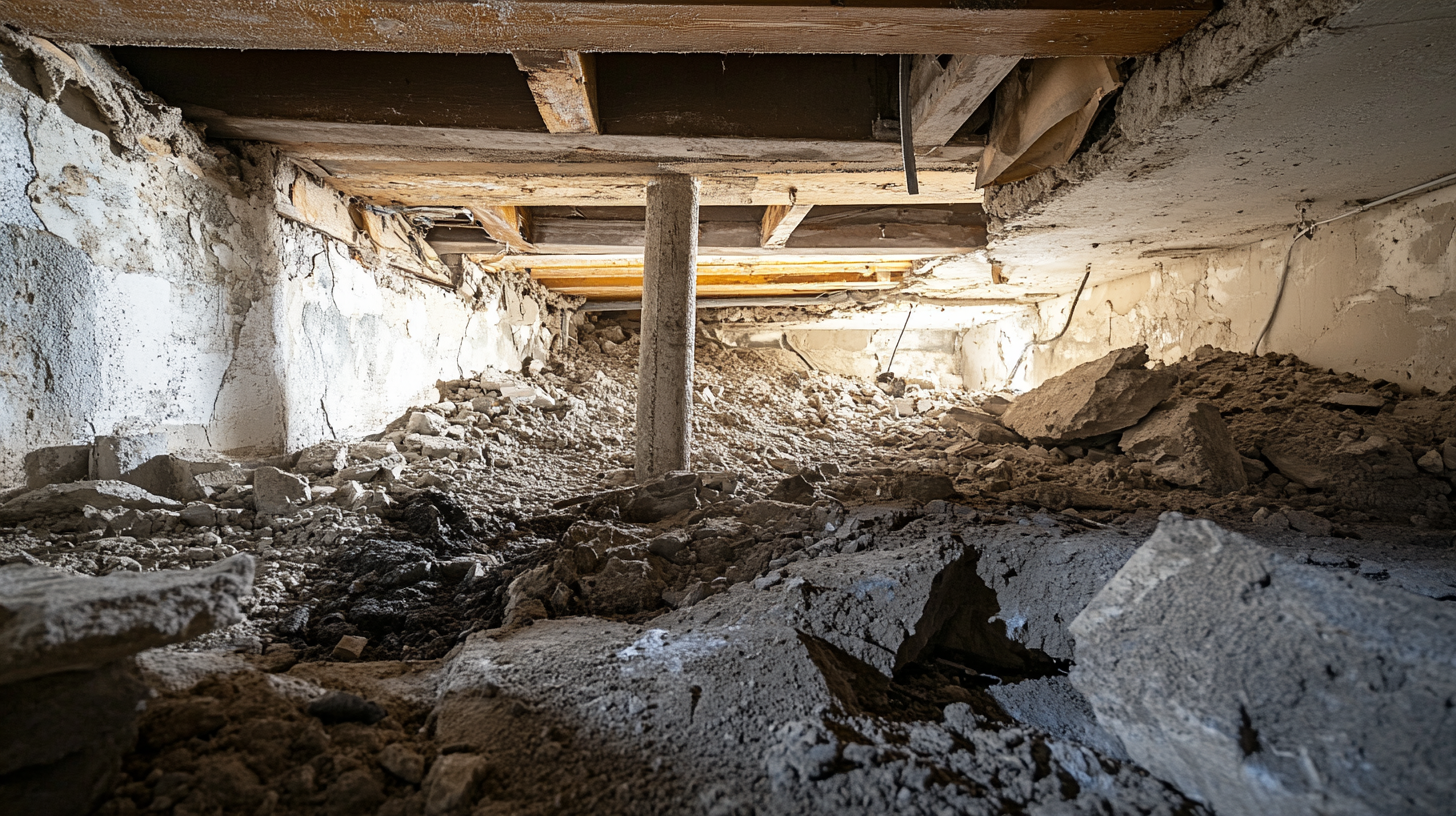
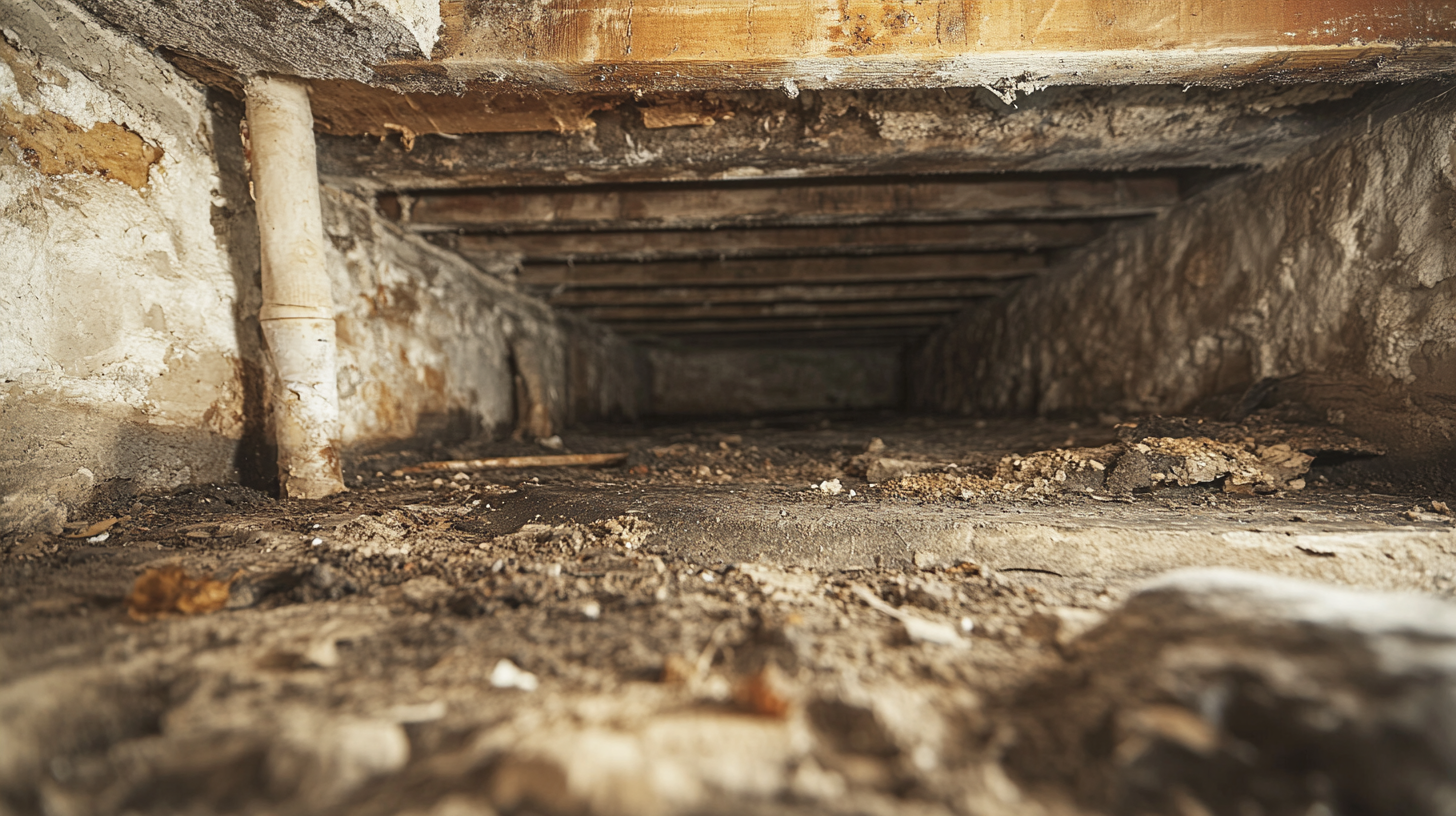
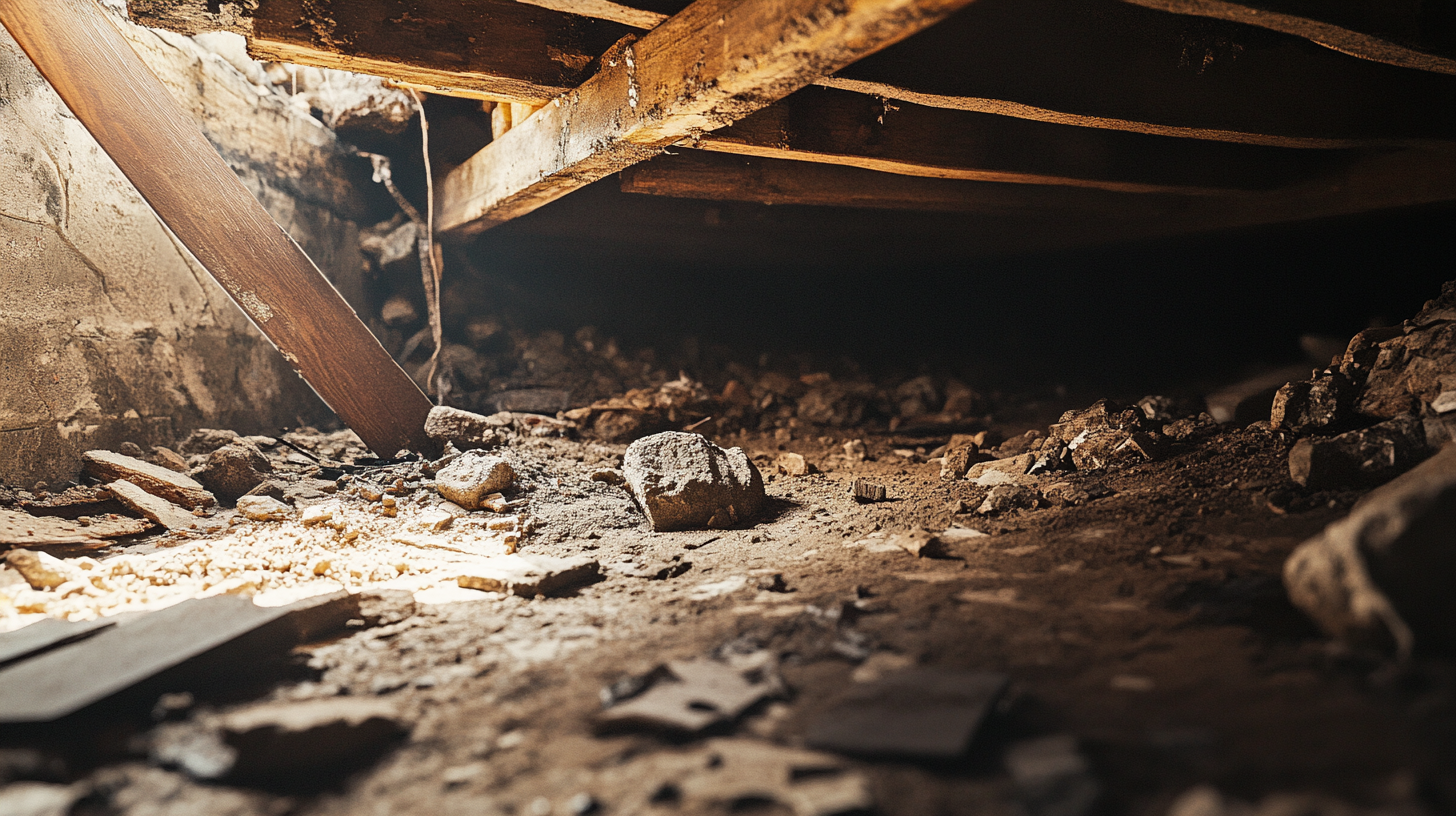
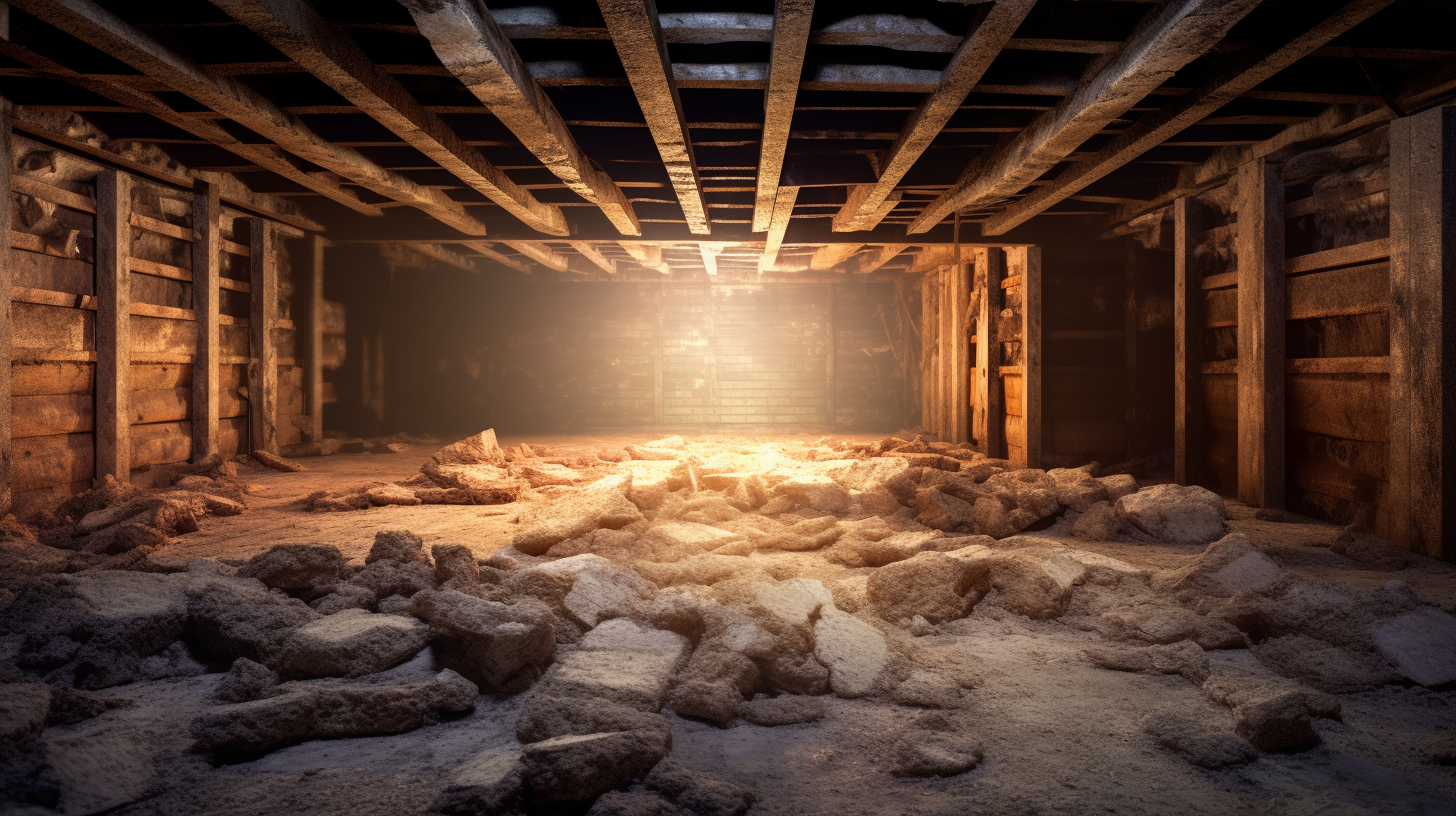
Got a Question? We’re Here to Help.
You can arrange an appointment or make an enquiry by phone or email, orget in touch to us via our contact form.
Looking for a reliable and professional company to take care of your crawl space, basement and gutter needs? Look no further than Trench Guys! We have years of experience in the industry and can provide you with top-quality services at a competitive price. Contact us today to get started!
CONTACT INFORMATION
Phone: 478-236-6403
Email: Wedigmiddlega@gmail.com
Address: Macon, GA
Business Hours:
Mon-Fri: 6:00 AM - 5:00 PM
Sat-Sun: Closed
ADDITIONAL INFORMATION
Us Across The Web
Geo
Neighborhoods
Niche
All Rights Reserved | Trench Guys
Privacy Policy | Terms & Conditions | Sitemap
